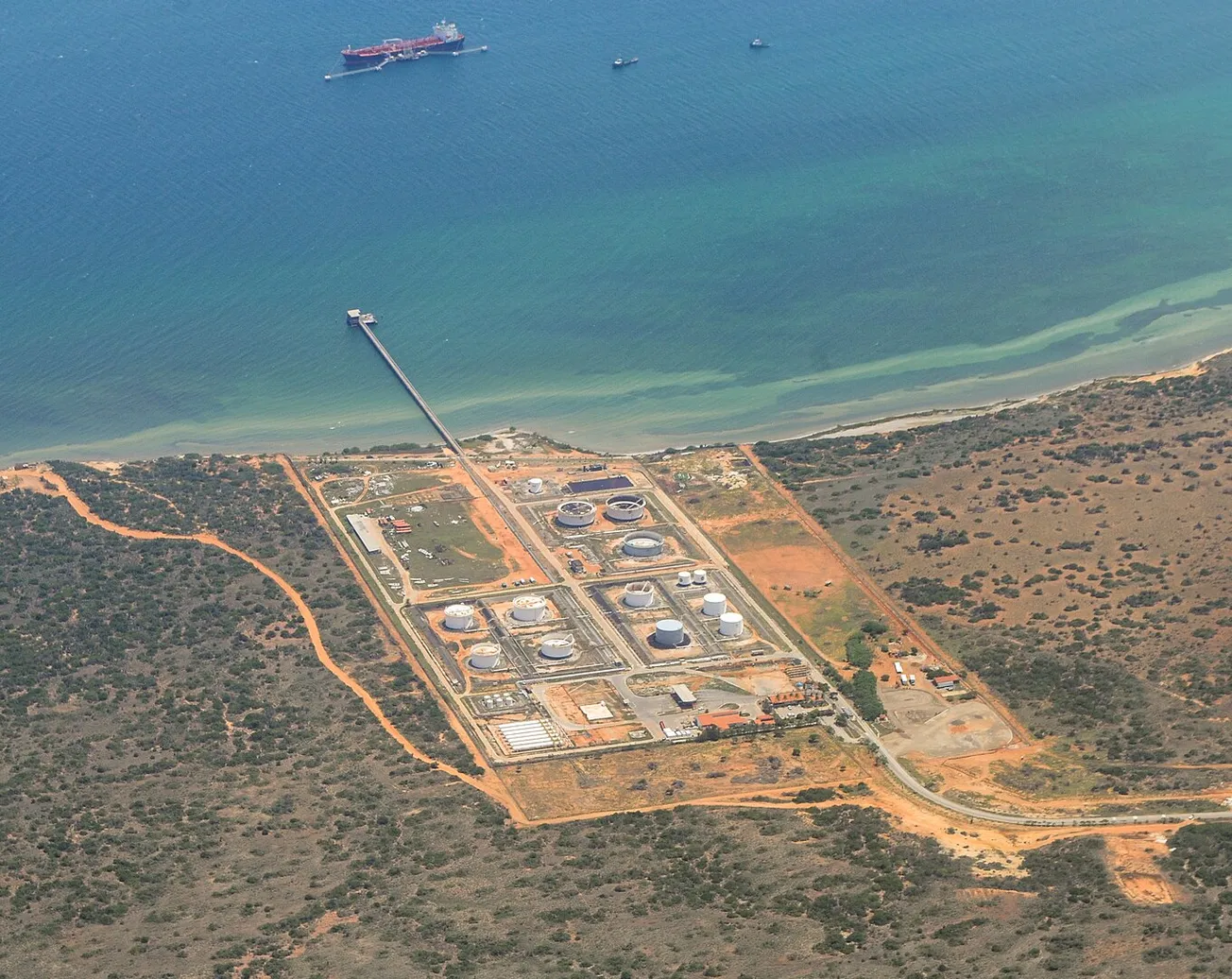Following by just days after India’s breakthrough in space exploration, landing at the Moon’s South Pole on Aug. 23, China has made another advance in fusion research and development on Aug. 26.
China’s Huanliu-3 (HL-3) tokamak, operated by China National Nuclear Corporation (CNNC) at Chengdu, “realized high-confinement mode operation with a plasma current of 1 million amperes for the first time,” reported CGTN on Aug. 27, along with other websites such as ECNS. This current, 1 mega-ampere, is the minimum plasma current required to achieve nuclear fusion, and a level of plasma current at which a tokamak reactor could run and produce net power. The HL-3 reactor had reached 1 million amps on CNNC’s predecessor HL-2M tokamak in October 2022, but not with its current degree of plasma stability.
Chinese fusion researchers refer to “H mode,” or high-confinement mode, as the extremely stable, self-confining plasma state achieved first in the Experimental Advanced Superconducting Tokamak (EAST) at Hefei, which maintained a stable plasma at 75 million degrees for 17 minutes in 2022. In such a stable plasma, temperature and confinement (density) both increase
H-mode is planned as the operating mode for the ITER reactor; but China’s two superconducting tokamaks—supposed to be test beds for ITER—are forging well ahead of it, and essentially replacing it as an R&D platform, due to its delays. As CGTN describes China’s “three-step” technological roadmap for nuclear power development, it is: “thermal neutral reactor [fusion neutrons for fission breeding—ed.]; fast [neutron] reactor; controllable nuclear fusion reactor,” and commercial fusion power generation by 2050.
Also of interest is the other recent major fusion development, the U.S. National Ignition Facility’s replication this month of its August 2022 breakthrough to net power output in a burning plasma in laser- or inertial-confinement fusion. This time the laser shot generated, reportedly, about 3.75 megajoules of power out, for 2.05 megajoules of laser power applied to the fuel, closer to 2:1 net power output than its shot last year. The results have been reported but not published yet.





